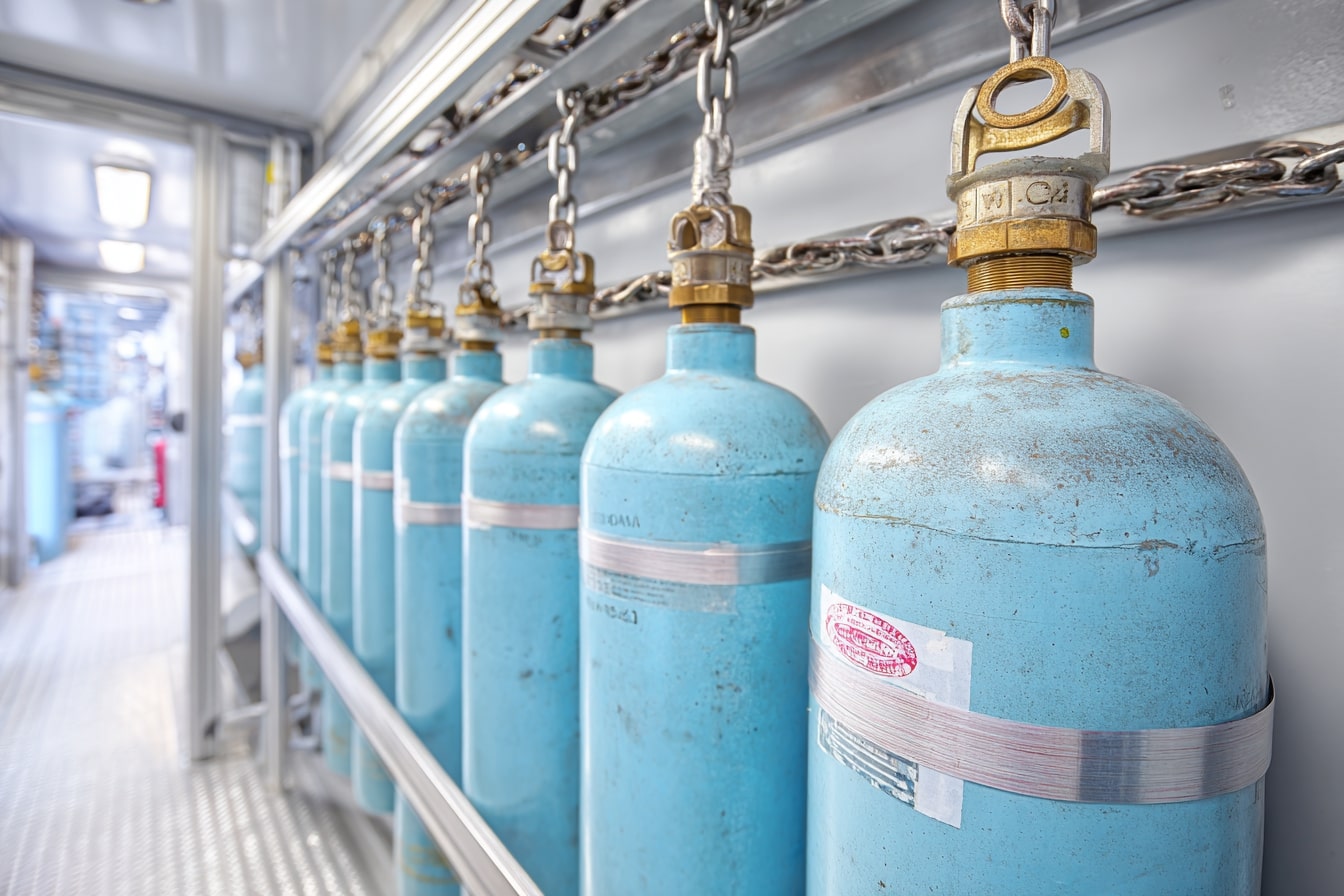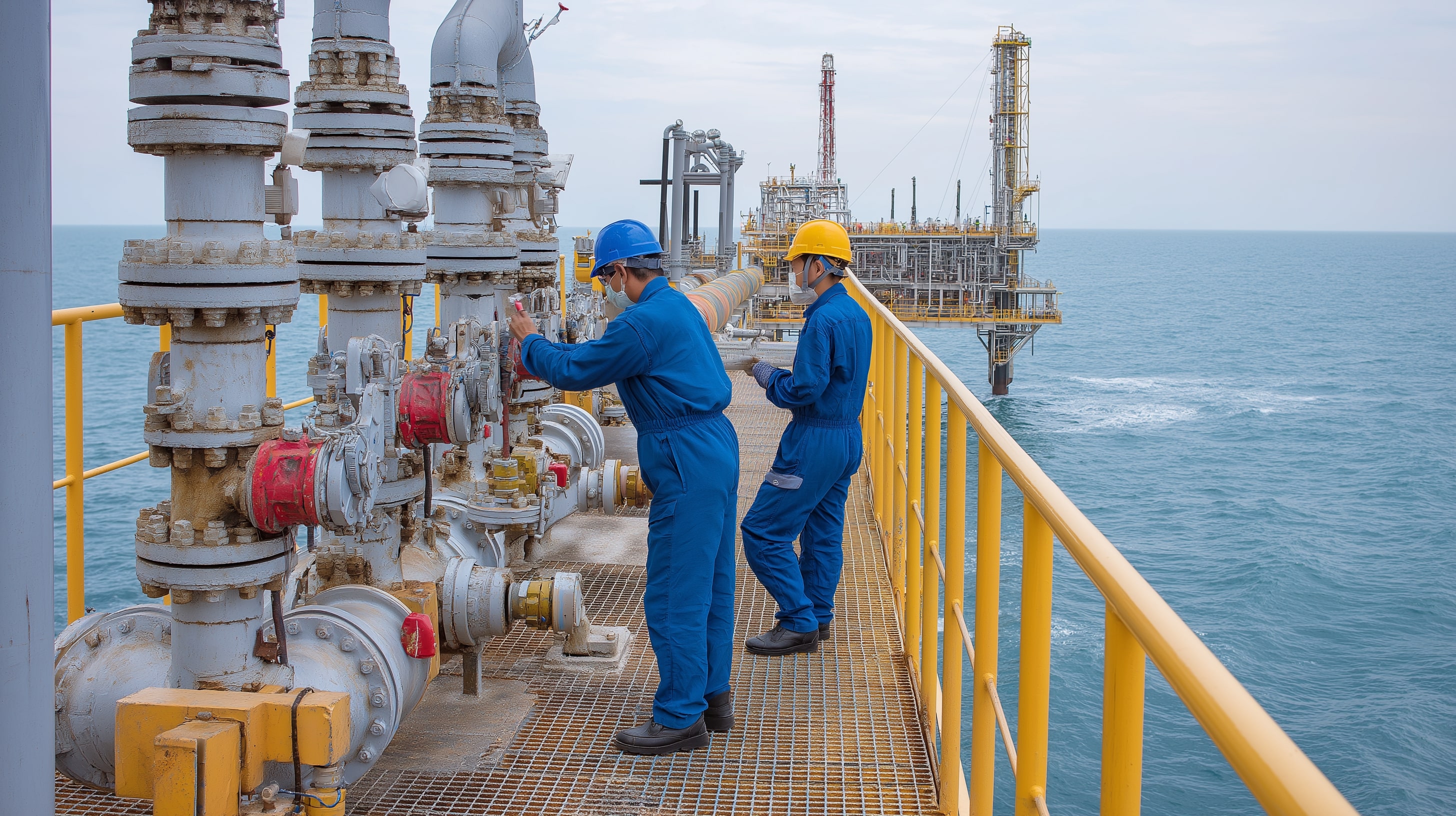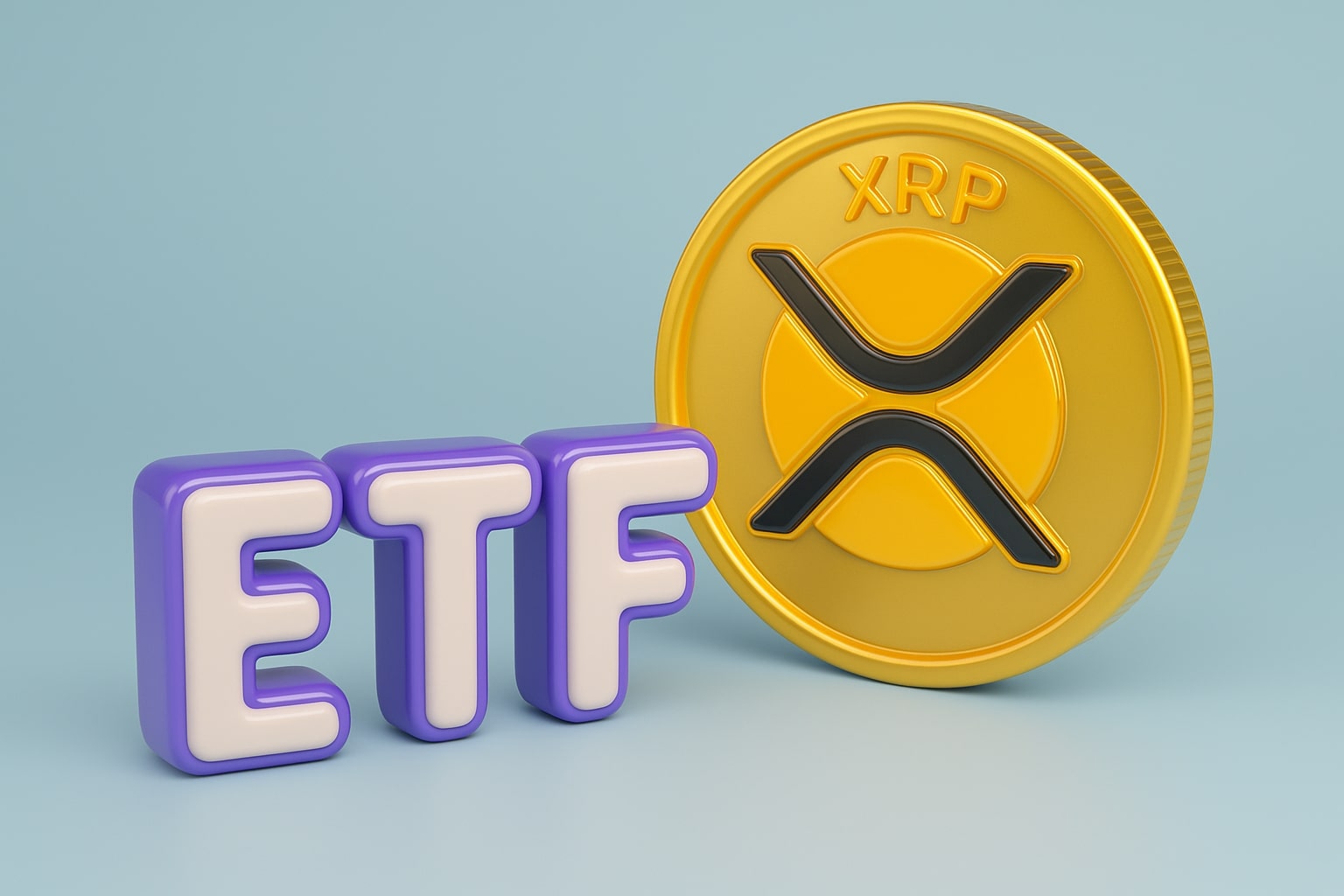
U.S. Natural Gas Price (NG=F) Rises as LNG Exports Accelerate and Domestic Prices Surge
As the U.S. shifts from energy dominance to export strain, LNG shipments surge, pushing domestic gas prices higher | That's TradingNEWS
Natural Gas (NG=F) Faces Export Squeeze and Rising Domestic Price Pressure
The U.S. natural gas market is undergoing a structural shift that is beginning to show in spot prices and long-term projections. Since April 2024, the price of U.S. Natural Gas (NG=F) has trended upward as the nation’s “energy dominance” policy—once celebrated for cheap domestic supply—has transformed into an export-driven system increasingly exposed to global price dynamics. On October 25, Türkiye’s spot market priced 1,000 cubic meters of gas at ₺14,393.36, or roughly $343.20, reflecting both strong regional demand and global supply tension. Meanwhile, the U.S. Energy Information Administration (EIA) projects that LNG export capacity will double by 2029, locking in a large share of production for foreign buyers. This shift leaves less gas for domestic consumption at a time when U.S. utilities, manufacturers, and households continue to rely heavily on natural gas as a primary energy source.
Expanding LNG Exports and the Erosion of Domestic Supply Security
The United States, once defined by its “shale revolution,” has evolved into a top-tier global exporter of liquefied natural gas. This transformation, while boosting revenue and geopolitical influence, is starting to tighten domestic supply. LNG shipments have surged to record highs, with terminals along the Gulf Coast running near capacity. Analysts estimate that by the end of the decade, nearly 30% of total U.S. gas production could be exported. The EIA’s projection of doubling export capacity by 2029 means that a growing share of U.S. output—currently over 120 billion cubic feet per day (bcf/d)—will be redirected to foreign markets rather than U.S. consumers. The result: domestic markets will increasingly mirror global pricing structures. This linkage between U.S. and international LNG benchmarks has already been observed in recent months as American spot prices began responding more directly to shifts in Asian and European LNG demand.
Rising Power Sector Dependence on Gas Intensifies the Price Cycle
Another driver of the tightness in the U.S. natural gas market is the sharp rise in gas-fired electricity generation. From 2001 through 2024, natural gas’s share of total U.S. power generation nearly tripled, while coal’s contribution collapsed and nuclear and hydro plateaued. Today, natural gas provides about 43% of total U.S. electricity, dwarfing other energy sources. Renewables, though rapidly expanding, contribute only 17%, barely below nuclear’s 18%. This dominance of gas in the power mix means any sustained increase in price directly impacts electricity costs for U.S. households and businesses. Utilities that expanded gas capacity during years of cheap supply now face rising input costs as domestic inventories tighten.
Industrial Exposure and the Chemical Sector’s Hidden Risk
Low natural gas prices were once a competitive advantage for U.S. manufacturing, especially for the chemical and metals industries. Gas is not only used as fuel but as a feedstock in the production of fertilizers, methanol, and essential compounds such as ethylene and propylene. The U.S. chemical industry, which expanded aggressively between 2010 and 2020, is now facing a margin squeeze. Fertilizer producers, glass and steel plants, and crop-drying operations are all exposed to price shocks. With export-linked price inflation likely to persist, the U.S. may see rising input costs that ripple across agriculture and construction, amplifying inflationary pressures already present in the economy.
Production Plateau Risks and the Shale Decline Reality
Industry projections of endless shale growth are increasingly being challenged. Independent field data show that production from many key basins—especially the Marcellus, Haynesville, and Permian—has plateaued or entered mild decline. Drilling productivity gains that once masked depletion rates have slowed. If production stagnates while export commitments continue to rise, the domestic market could face a double squeeze: lower available supply and higher prices tied to international LNG benchmarks. Some analysts warn that without significant reinvestment, the U.S. could hit a production ceiling before 2030.
Global Price Transmission and Turkish Market Indicator
The recent pricing data from Türkiye highlights this interconnectedness. On October 25, Türkiye’s Energy Exchange Istanbul (EXIST) reported a trade volume of ₺17.63 million, down from ₺26.91 million the previous day, but with gas still priced high at ₺14,393.36 per 1,000 cubic meters. This volatility underscores how regional shortages, currency moves, and shifting LNG cargo flows are tightening price spreads globally. With the U.S. increasingly feeding the international system, its domestic prices are now tied to global LNG benchmarks in a way that was never the case a decade ago
Read More
-
PFFA ETF Nears $21.50 as Rate Cuts and 9.49% Yield Spark Renewed Demand
29.11.2025 · TradingNEWS ArchiveStocks
-
XRPI and XRPR ETFs Ignite Ripple’s Institutional Rally as Inflows Near $1B and XRP Holds $2.20
29.11.2025 · TradingNEWS ArchiveCrypto
-
Natural Gas Price Forecast - NG=F Blasts to $4.85 as Demand Surge Fuel Multi-Month Breakout
29.11.2025 · TradingNEWS ArchiveCommodities
-
USD/JPY Price Forecast - Yen to Dollar Slides to 156.10 as Yen Strengthens on Fed Cut Expectations
29.11.2025 · TradingNEWS ArchiveForex
Government Dilemma: Energy Dominance vs. Energy Affordability
Washington’s energy policy is now caught between two conflicting priorities: sustaining export growth and keeping domestic prices stable. The “energy dominance” narrative emphasized maximizing production and exports while promising low prices for consumers—a combination that is proving unsustainable. Rising gas prices are beginning to feed into higher heating and power bills for households and operational costs for businesses. Policymakers face growing pressure to reconsider the balance between foreign contracts and domestic affordability. A scenario in which the government is forced to limit LNG exports to protect U.S. consumers is no longer unthinkable, particularly if prices continue rising into winter.
Investor Dynamics: Utilities, Pipelines, and Distribution Stocks
The tightening supply-demand balance has significant implications for investors in the natural gas value chain. Utilities dependent on gas for generation—such as Northwest Natural Gas (NYSE:NWN)—have seen rising investor attention. NWN shares recently traded at $47.76, near their 52-week high of $47.79, supported by a 4.1% dividend yield and $1.93 billion market capitalization. The company’s fundamentals remain stable, but its input cost exposure is increasing. Similarly, pipeline operators and LNG exporters such as Cheniere Energy (NYSE:LNG) stand to benefit from global demand, while domestic distributors could face margin compression if U.S. gas prices stay elevated.
Outlook and Market Positioning
Natural gas futures indicate cautious optimism with a bullish bias. The combination of surging export volumes, plateauing domestic production, and power sector dependence creates a structural upward tilt in pricing. If U.S. LNG export capacity indeed doubles by 2029, domestic consumers could experience persistent upward price pressure through the decade. With production efficiency gains flattening, a base price around $3.50–$4.50 per MMBtu may become the new equilibrium range—well above the sub-$2 averages seen during the shale boom. The market narrative is shifting from abundance to scarcity, from exporter advantage to domestic vulnerability.
Verdict: Bullish Bias, Structural Tightness Ahead
Given the data, Natural Gas (NG=F) exhibits a fundamentally bullish structure heading into 2026. Rising LNG exports, limited production growth, and power sector dependency are aligning to keep prices elevated. While volatility will persist, the risk-reward profile favors a medium-term Buy outlook for investors exposed to U.S. LNG producers and pipeline operators, and a Hold stance for domestic utilities sensitive to feedstock costs. Unless export policy or production trends change dramatically, the era of cheap U.S. natural gas is ending—replaced by a globalized pricing regime that places upward pressure on both domestic and international markets.



















